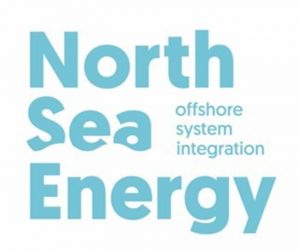NSE 3: North Sea Energy consortium commences next phase of further system integration in the North Sea

The programme of the Wind Meets Gas symposium, which will be held in the Martinikerk in Groningen on Thursday the 18th and Friday the 19th of October, will include the launch of a new research programme concerning the future energy system of the North Sea. This programme, entitled “North Sea Energy 3”, will be conducted as a consortium of 25 partners, consisting of various gas and wind operators working in the North Sea and maritime sector suppliers. These partners will include research institutes TNO and New Energy Coalition with the financial support of TKI Nieuw Gas.
The objective of the programme is to optimise synergies between existing North Sea energy production and future offshore wind farms. It will focus on developing an offshore electricity grid, using old gas fields for CO2 storage and offshore production of hydrogen in order to efficiently transport energy from wind farms to shore via existing infrastructure. The programme encompasses working on a North Sea energy atlas, and in this phase, technical and economic analyses are being conducted into the use of hydrogen for energy transport, conversion and offshore storage, in particular. The research should result in the development of robust energy policy, on the part of the Dutch government, with regard to the North Sea as a sustainable energy source for the period 2023-2030.
By building on the various existing studies already conducted into energy system integration in the North Sea, including NGE 1 and NGE 2, the aim is to avoid sub-optimal partial solutions being implemented. By doing so, the objective is to optimally develop the North Sea as a key energy transition area. While in NSE 1 the focus was on electrifying platforms via wind farms, and NSE 2 continued this on specific North Sea platforms, NSE 3 will primarily investigate the use of hydrogen to transport energy from wind farms and balancing the energy system. The programme will also examine interaction with other functions in the North Sea and the spatial integration of new applications such as CO2 storage and hydrogen production and storage. It will also consider when the switch from platform solutions to energy islands should be made in the scaling-up of these applications.
At the same time, the North Sea Energy programme is being developed further in a national mission-driven innovation programme that focuses on long-term development of the North Sea as a sustainable energy source for the Netherlands, in co-operation with other North Sea countries, coastal provinces and port industrial clusters.
For further information about the North Sea Energy project, the results of NSE 1 and NSE 2 and the consortium, please visit http://www.north-sea-energy.eu/index.html
The energy atlas can be found at www.north-sea-energy.eu/atlas.html

